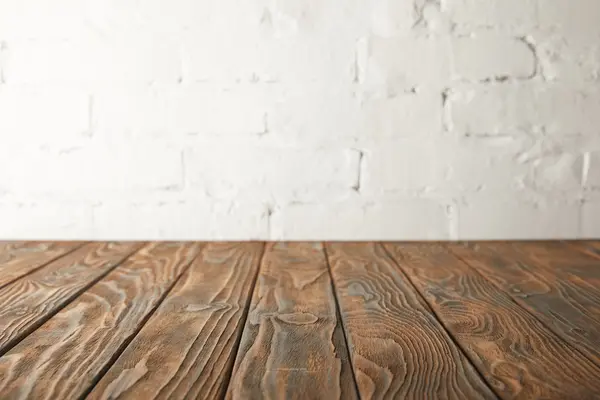Flooring
Step-by-Step Guide: How to Install Hardwood Floors

Installing hardwood floors can transform your home’s appearance while adding value and warmth. Whether you prefer solid or engineered wood, understanding the process ensures a smooth installation. Follow these steps to install hardwood floors efficiently.
Choosing Your Hardwood Flooring
Selecting the right type of flooring is crucial. Options include:
Solid Hardwood
Durable and can be refinished multiple times, perfect for stable humidity areas.
Engineered Hardwood
More stable and moisture-resistant, ideal for basements or concrete subfloors.
Pre-finished Hardwood
Comes with a factory-applied finish, reducing on-site work and mess.
Essential Tools and Materials
Tools
- Tape measure, pry bar, hammer, chalk line
- Circular saw, jigsaw, drill, flooring nailer
Materials
- Underlayment, nails or staples, wood putty
- Moisture meter and moisture barrier (for concrete subfloors)
Preparing the Space
Remove Existing Flooring
Carefully remove old carpets or tiles using a pry bar.
Inspect the Subfloor
Ensure it’s level, clean, and dry. For concrete subfloors, install a moisture barrier.
Acclimate Hardwood
Allow planks to adjust to room temperature and humidity for 3-7 days.
Installing the Hardwood Floors
Step 1: Plan the Layout
Measure the room and calculate square footage, adding 10% extra for cuts. Align boards parallel to the longest wall for the best visual effect.
Step 2: Lay the First Row
Place spacers to maintain a 3/4-inch expansion gap. Align the first plank with your chalk line and face-nail it securely.
Step 3: Continue Installation
Use a flooring nailer for faster progress. Stagger plank joints at least 6 inches apart for strength and a natural look.
Step 4: Finish the Edges
Face-nail final rows and use a pull bar for tight spaces. Cover gaps with baseboards or quarter-round molding.
Final Touches and Care
- Fill nail holes with wood putty and sand lightly.
- Vacuum and clean the floor to remove dust.
- Maintain stable humidity levels and sweep regularly to extend your floor’s lifespan.
Conclusion
Following these steps will help you successfully install hardwood floors with a professional finish. For more home improvement tips, explore more news on this website.
